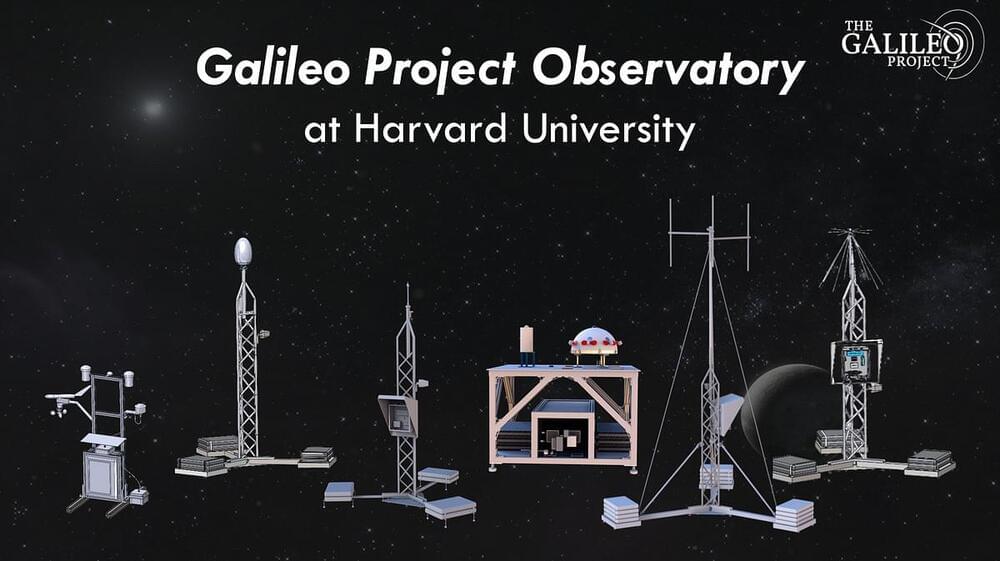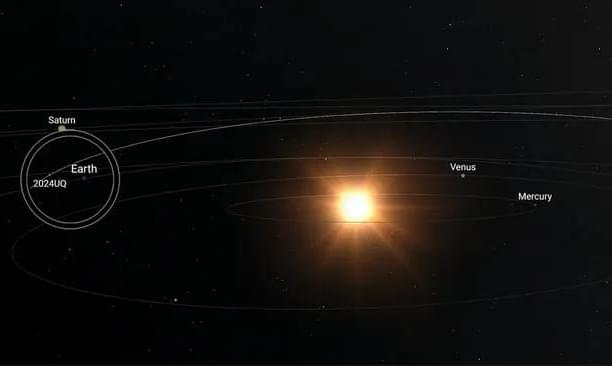The AI was forced to watch millions of hours of Minecraft footage, like a parent of any 8-year-old.
Get the latest international news and world events from around the world.


Study challenges assumptions about how tuberculosis bacteria grow
The rod-shaped tuberculosis (TB) bacterium, which the World Health Organization has once again ranked as the top infectious disease killer globally, is the first single-celled organism ever observed to maintain a consistent growth rate throughout its life cycle. These findings, reported by Tufts University School of Medicine researchers on November 15 in the journal Nature Microbiology, overturn core beliefs of bacterial cell biology and hint at why the deadly pathogen so readily outmaneuvers our immune system and antibiotics.
“The most basic thing you can study in bacteria is how they grow and divide, yet our study reveals that the TB pathogen is playing by a completely different set of rules compared to easier-to-study model organisms,” said Bree Aldridge, a professor of molecular biology and microbiology at the School of Medicine and a professor of biomedical engineering at the School of Engineering, as well as one of the paper’s co-senior authors along with Ariel Amir of the Weizmann Institute of Science.
TB bacteria are successful at surviving in humans because some parts of the infection can quickly evolve within their host, allowing these outliers to avoid detection or resist treatment. If someone has TB, it takes months of various antibiotics to be cured, and even then, this approach is only successful in 85% of patients. Aldridge and her colleagues hypothesize that gaps in our understanding of the basic biology behind this phenomenon have been holding back the development of more effective treatments.


Concept Bytes (@concept_bytes) • Instagram reel
102K likes, — concept_bytes on November 14, 2024: The best tool for engineers! 👀 #Holomat #engineering #3dprinting #xtool #f1ultra.
Thanks to you all for your feedback and support on this project!
If you want tutorials, code, 3D print files and more for this project comment “holomat” below and I’ll send you the information!”

Former COO at Paypal
Former COO at Paypal, David Sacks says that OpenAI recently gave investors a product roadmap update and said their AI models will soon be at PHD level reasoning, act as agents to use tools, meaning the model will be able to pretend to be a human. — - — 👉Get FREE access to the latest AI startup stories! Link in bio. — - — #todayinai #openai #largelanguagemodels


Jensen Huang says that a trillion dollars is being spent on data centers to enable the next
Jensen Huang says that a trillion dollars is being spent on data centers to enable the next, biggest wave of AI to revolutionize business productivity. — - — 👉 Before you go 👋 If you want to keep up with the latest news on AI startups and how they’re changing the world, join 1000+ subscribers reading our newsletter for FREE! Link in bio. — - — #jensenhuang #nvidia #datacenter #datacenters #aidata #artificialintelligence #aitakeover #todayinai

Avi Loeb’s Statement on UAPs to the House Oversight and Accountability Committee
Over the past few months, I was asked multiple times by Staff of the House Committee on Oversight and Accountability whether I am available to testify before the U.S. Congress on Unidentified Anomalous Phenomena (UAPs). As a result, I cleared my calendar for November 13, 2024 and prepared the following written statement. At the end, I was not called to testify before Congress and so I am posting below my intended statement. The Galileo Project under my leadership is about to release this week unprecedented results from commissioning data of its unique Observatory at Harvard University. Half a million objects were monitored on the sky and their appearance was analyzed by state-of-the-art machine learning algorithms. Are any of them UAPs and if so — what are their flight characteristics? Unfortunately, the congressional hearing chairs chose not to hear about these scientific results, nor about the scientific findings from our ocean expedition to the site of the first reported meteor from interstellar space.
Stay tuned for the first extensive paper on the commissioning data from the first Galileo Project Observatory, to be posted publicly in the coming days. Here is my public statement.

An Asteroid Hit Earth Just Hours After Being Detected
A small asteroid burned up in Earth’s atmosphere off the coast of California just hours after being discovered and before impact monitoring systems had registered its trajectory.
Last month, an asteroid impacted Earth’s atmosphere just hours after being detected — somehow, it managed to circumvent impact monitoring systems during its approach to our planet. However, on the bright side, the object measured just 3 feet (1 meter) in diameter and posed very little threat to anything on Earth’s surface.
This asteroid, designated 2024 UQ, was first discovered on Oct. 22 by the Asteroid Terrestrial-impact Last Alert System (ATLAS) survey in Hawaii, a network of four telescopes that scan the sky for moving objects that might be space rocks on a collision course with Earth. Two hours later, the asteroid burned up over the Pacific Ocean near California, making it an “imminent impactor.”